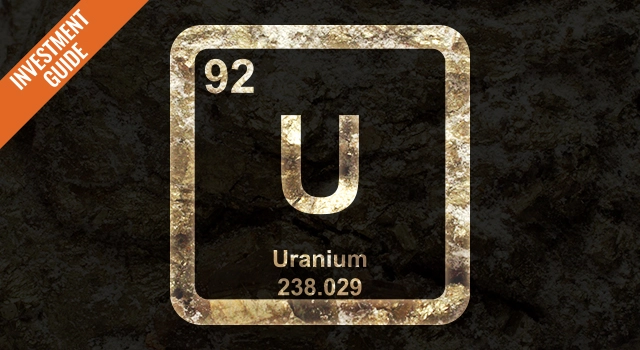- ASX News LIVE | ASX to Fall as Bonds Spike; Supermarkets Face Senate Inquiry
Stong US retail data send Treasury yields higher overnight as the market once again pushes back expectations of rate cuts. On the ASX supermarkets face the Senate today.

Investment ideas from the Edge of the Bell Curve to your inbox
Enter your email address in the box below and you’ll get Fat Tail Daily every day…absolutely free.
Investment ideas from the Edge of the Bell Curve to your inbox

Investment ideas from the Edge of the Bell Curve to your inbox
Enter your email address in the box below and you’ll get Fat Tail Daily every day…absolutely free.





